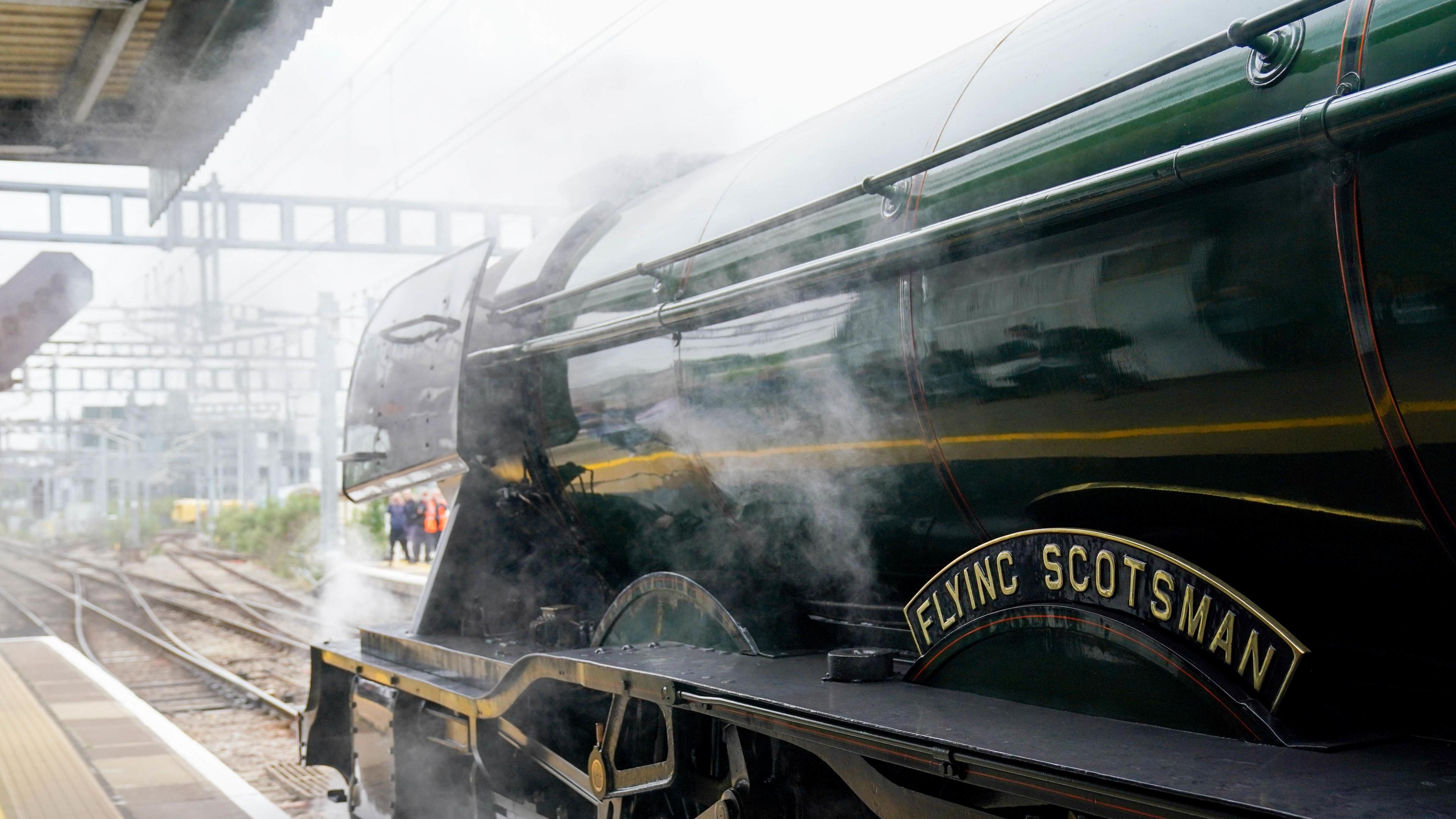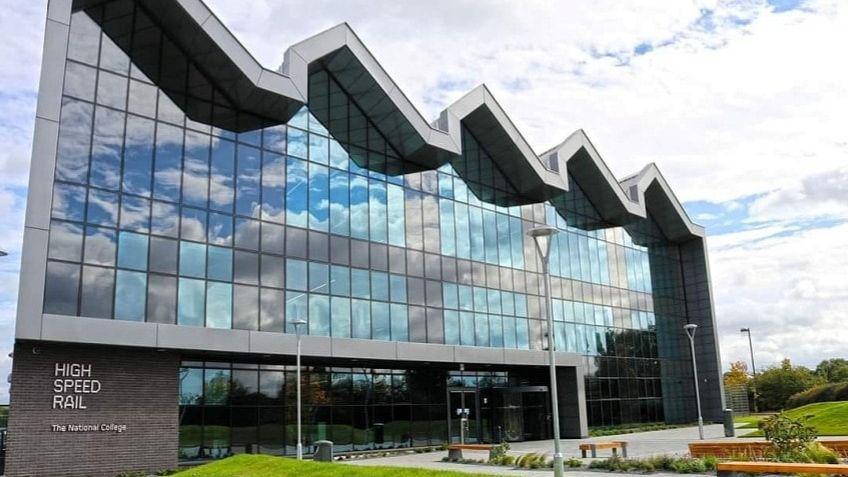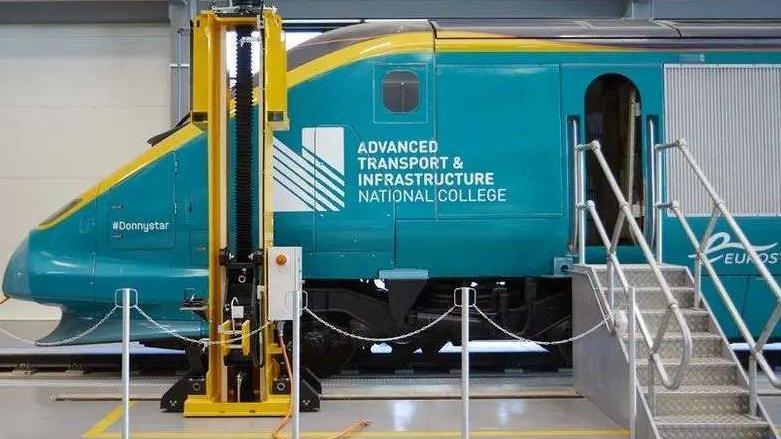Rail college named after Flying Scotsman engineer

Flying Scotsman was the first locomotive to be officially recorded at 100mph
- Published
A new railway training centre has been named after the man behind some of Britain's best-known steam locomotives.
Sir Nigel Gresley designed the iconic Flying Scotsman and Mallard, among many others.
Network Rail said the Gresley Institute, in Doncaster, where the famous locomotives were built, would train up to 1,000 workers in the rail industry each year.
The name was chosen by the public from a shortlist of four, but was a "clear winner" with 57% of the vote, the company said.
Sarah Newman, business change manager at Network Rail, said the name reflected Doncaster's "proud railway legacy".
"The Gresley Institute will become a cornerstone for training the next generation of rail industry professionals," she added.

Sir Nigel Gresley worked at the LNER works in Doncaster up to his death in 1941
The college, near Lakeside, was built to train engineers to work on HS2 high-speed railway, but was taken over by Network Rail after the scheme was partially scrapped.
There are 21 classrooms across two floors, with equipment such as signalling simulators.
The first delegates began attending the centre on 6 October, the company said.
The competition to name the centre was organised jointly with City of Doncaster Council and attracted more than 3,500 responses.
Other names suggested included Flying Scotsman House, Duddington and Bray House, and The Corridor.
Ros Jones, the mayor of Doncaster, said the city's connection with the railway industry was "long and noble" and the new centre would play a part in "an even brighter" future.

The railway training facility was built to train engineers working on HS2
Flying Scotsman was built at Doncaster Works in 1923. It broke the 100mph barrier in 1934, external and holds the record for a non-stop run in a steam locomotive, set in 1989 with a 422-mile trip.
The steam speed record was later broken by the streamlined Mallard, which rocketed to 126mph, external in 1938.
Philip Benham, the chairman of the Gresley Society Trust, said the group was "delighted" to see such a clear result from the vote.
"Sir Nigel Gresley lived in Doncaster for many year, and his greatest engineering achievements were created here – including in his streamlined trains of the 1930s, Britain's first high-speed trains," Mr Benham said.
"Development and innovation were at the heart of Sir Nigel's designs, so it is entirely appropriate that his name should be associated with the institute where the rail industry's future professionals will learn their skills."
Get in touch
Tell us which stories we should cover in Yorkshire
Listen to highlights from South Yorkshire on BBC Sounds or catch up with the latest episode of Look North.
- Published4 September

- Published13 October

- Published3 October 2024
